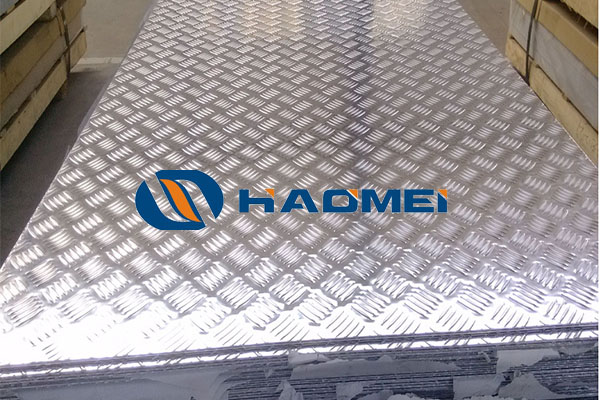Aluminum checker plate sheet thickness measurement method
July 31, 2019
The method of aluminum checker plate thickness measurement is as follows.
1. Use a micrometer to directly measure base plate part of the target checker plate aluminum sheet. (Specification thickness is the thickness of the plate without pattern)
2. Measure several times different parts of the checker plate.
3. Work out the average of numbers obtained, which is the thickness of the tread plate.
Pay attention that the pattern height is excluded by an aluminum checker plate thickness. Thus you should not take patterns into account in measurement, just like that you don’t include screw width in measuring the diameter of a deformed steel bar. If an aluminum checker plate sheet is declared to be 6mm thick, its actual thickness might only be 5.75mm and less.

In the field of metal materials, the checker plate aluminum sheet is rich in energy, and its price is relatively affordable, which makes it a favorite material of many industries. There are also many classifications in the field of aluminium chequered plate that is widely loved by users because of their beautiful appearance, relatively bright metallic color, and obvious decorative effects. In addition, the tread plate has beautiful appearance, anti-slip effect, enhanced performance, and aluminium saving property. It is widely used in transportation, construction, decoration, equipment, floor, machinery, shipbuilding and other fields. Generally speaking, relative requirements about mechanical properties of the checker plate is not high, so the quality of the tread plate is mainly represented by the pattern flowering rate, the pattern height, and the pattern height difference. At present, the aluminum checker plate thickness commonly used in the market ranges from 2.0-8mm, and the width between 1250 and 1500mm.
If you want to know more about checker plate thickness measurement or aluminum chequered plate price, welcome to contact us by email, whatsapp, wechat or any other contact ways convenient for you!


 Nydia
Nydia
 Sales Manager
Sales Manager